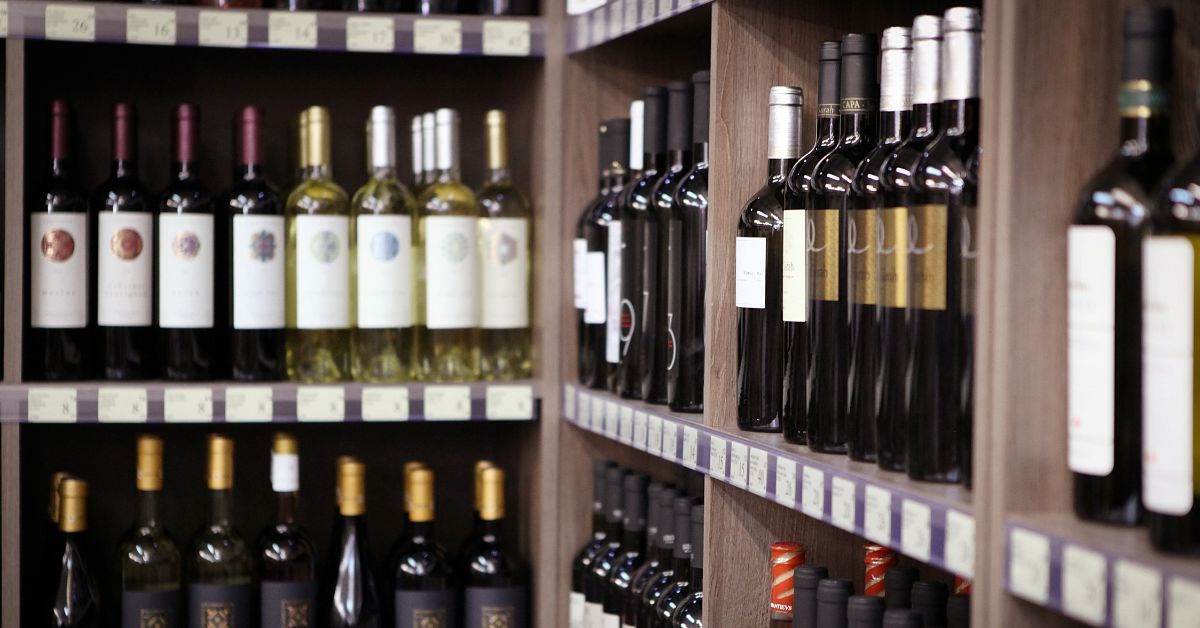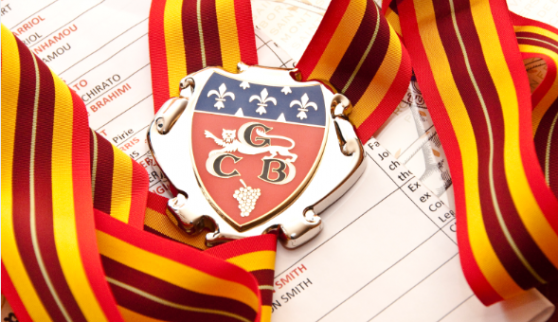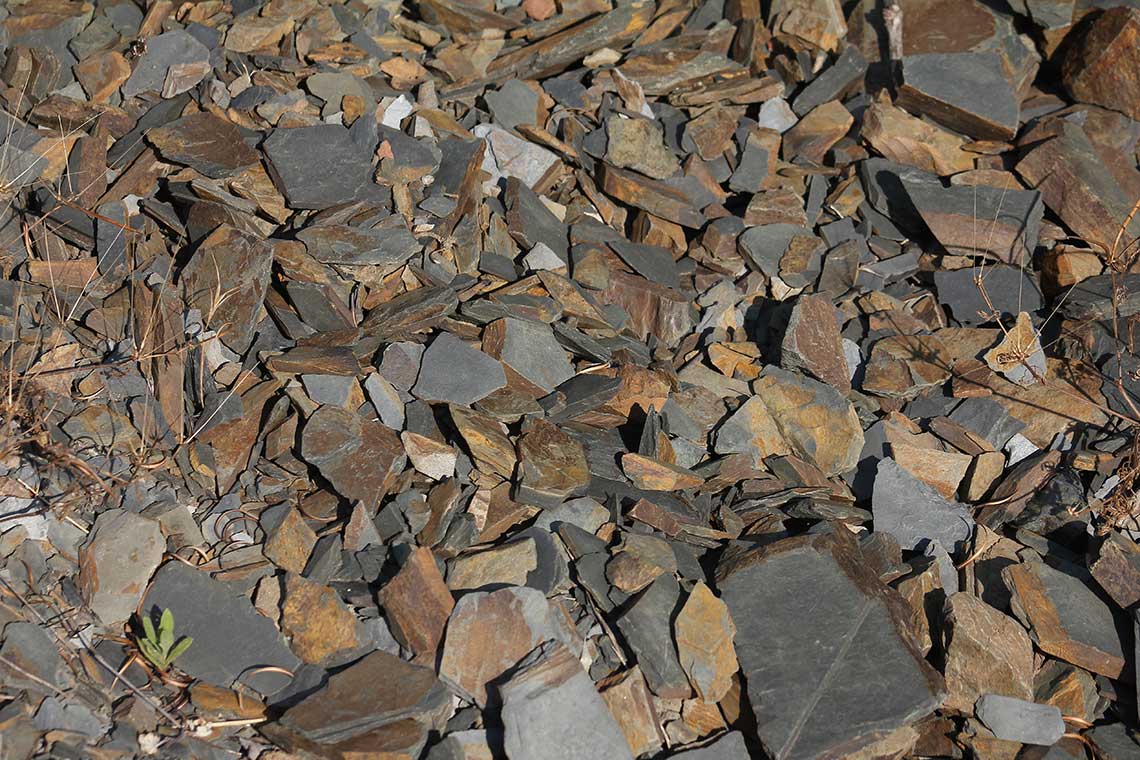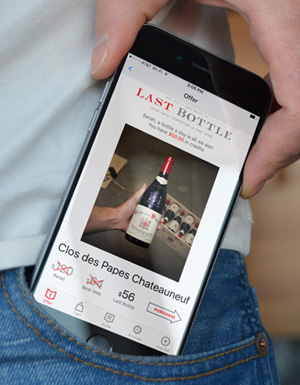For beginners, the wine section of your grocery store can be… scary. Don’t worry, we have all been there before, and we’re here to help! Skip the grape juice guessing-game with these 5 wine-shopping tips, here’s how to choose a bottle of wine you’ll love.
Consider Your Pairing
Are you pairing your wine with a meal? Wine tastes best when it’s paired with complimentary food. Don’t let wine pairing intimidate you– chances are, you’re already an expert at pairing food and drink. Would you pair a cappuccino with sushi? A Four Loko with filet mignon? An orange freeze with poutine? No! (At least we hope not.)
Everyone has the instinct for pairing– wine pairing is just a bit more nuanced, which gives you even more wiggle room when pairing your bev with your meal! You have tons of freedom when it comes to pairing wine and food, but there are two cardinal wine pairing rules to keep in your pocket for a successful pairing.
- Delicate to delicate, bold to bold
Delicate foods like fish, cream sauce, buttery cheeses, poultry and salads are best with delicate wines. Think white wine and rosé! On the other hand, bold foods like steak, bacon, tomato sauce, and aged cheeses do well with a bold red. Also note that salt cuts tannins, and acid cuts fat.
There is lots of crossover and surprising exceptions to this rule of thumb, but we recommend that beginners use this basic wine principle when shopping for a bottle.
- What grows together, goes together
Once you have the body of your wine figured out, the next step to pairing is locking down a region. The easiest way to find a complementary pairing is to match the region of your wine to the region your cuisine comes from. Having Italian food? Get an Italian wine. Grilled steaks and shrimp? Grab an Australian wine. The list goes on…
Avoid Big Names
If you want to find a special bottle as a beginner wine enthusiast, avoid big names whenever you can. This includes the mega-producers behind popular two buck chuck labels and pricier brands with a lot of buzz behind their name.
Reach for a smaller producer. Small production wineries have more control over their juice than the massive bev corporations behind cheap wine brands, and they’re less likely to be pumping in extra additives and sugars. It’s the same as shopping at a big box store vs an artisan’s shop– when shopping for inexpensive wines, a “small name” will likely have big quality.
Try Lesser-Known Regions
Tuscany, Napa, Champagne, Bordeaux… Excellent wine regions? Yes! But these popular regions should not be the extent of your wine world. Finding wines from lesser-known regions can help you find a unique bottle at a great value.
Some of our favorite regions to look out for include: Chile; Galicia, Spain; Lodi, California; and Puglia, Italy.
Always Read the Label
The front label tells you the basics: the region, producer and grape variety. The label art wraps everything in a bow, and can give you an idea of the wine’s vibes. But if you want an idea of how the wine will taste, flip that bottle around and check out the back label.
Many wines will provide a brief description of the aromatics, tasting notes, and terroir of the wine.
Don’t Sweat the Small Stuff
The deeper you get into your wine obsession, the more rules you’ll hear about choosing a good wine. But as a beginner, you shouldn’t worry too much about vintages, the age of your wine, and whether it has a screw cap or not.
While these factors can certainly influence the characteristics of a wine, focusing too heavily on them can lead to unnecessary stress and confusion. Instead, beginners should embrace the opportunity to explore a wide range of styles and varietals. Learn what grapes you like before you worry about vintages. Ultimately, the enjoyment of wine should be about exploration, discovery, and the pleasure of sharing a bottle with friends and loved ones!
Want to cut the wine shopping confusion? We have one hand-selected wine for you to try today.













